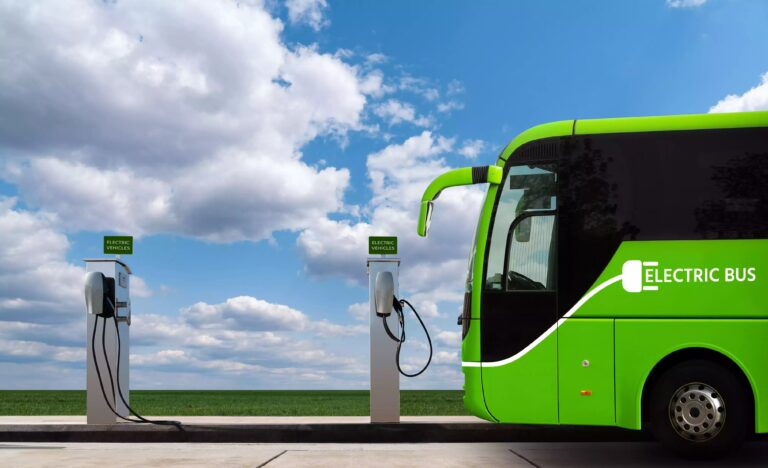Public bus transportation is a vital component of any thriving community, providing essential mobility for residents, reducing traffic congestion, and minimizing environmental impact. Enhancing accessibility ensures that public transport is available and usable by everyone, regardless of age, ability, or location. This article outlines key steps to achieving this goal.
1. Infrastructure Improvements:
- Ramps and Elevators: Equipping stations and stops with ramps and elevators ensures access for individuals using wheelchairs, strollers, or those with mobility impairments.
- Tactile Paving: Implementing tactile paving along platforms and walkways guides visually impaired individuals.
- Clear Signage: Utilizing clear, concise, and multilingual signage for schedules helps passengers navigate the system easily, regardless of their language proficiency.
- Well-Maintained Facilities: Regular maintenance of stations and vehicles ensures a safe and comfortable experience for all users.
2. Accessible Vehicles:
Accessibility must be considered in the design of the actual cars. Level-boarding trains, low-floor buses, and special sitting sections for those with impairments are all necessary components. Accessibility for travelers with sensory impairments is also significantly increased by visible and auditory notifications about stops and destinations. It’s also crucial to make sure wheelchairs and other mobility aids have enough room.
3. Route Optimization and Coverage:
Effective route planning is key to maximizing accessibility. Public transport routes should connect residential areas, employment centers, healthcare facilities, educational institutions, and recreational destinations. Frequency of service should be optimized to meet demand, particularly during peak hours and in areas with higher concentrations of vulnerable populations. Extending service hours to cover evenings and weekends can significantly improve accessibility for shift workers and those without access to private vehicles.
4. Information Accessibility:
Providing accessible and up-to-date information is crucial. This includes:
- Real-Time Information: Offering real-time information on bus schedule for bus through mobile apps, websites, and digital displays at stations allows passengers to plan their journeys effectively.
- Journey Planning Tools: Providing user-friendly journey planning tools that consider accessibility needs helps passengers identify the most suitable routes and modes of transport.
- Customer Service: Training customer service staff to assist passengers with disabilities and provide information in multiple formats is essential.
5. Collaboration and Stakeholder Engagement:
Enhancing public transport accessibility requires collaboration between various stakeholders, including government agencies, transport operators, disability advocacy groups, and the public. Engaging with these stakeholders during planning and implementation ensures that the needs of all users are considered. Regular feedback mechanisms can help identify areas for improvement and ensure that public transport remains accessible and responsive to the evolving needs of the community.
By implementing these steps, cities and communities can create a more accessible and inclusive public transport system that benefits everyone. A well-connected and accessible public transport network not only improves the quality of life for its users but also contributes to a more sustainable and equitable society.
